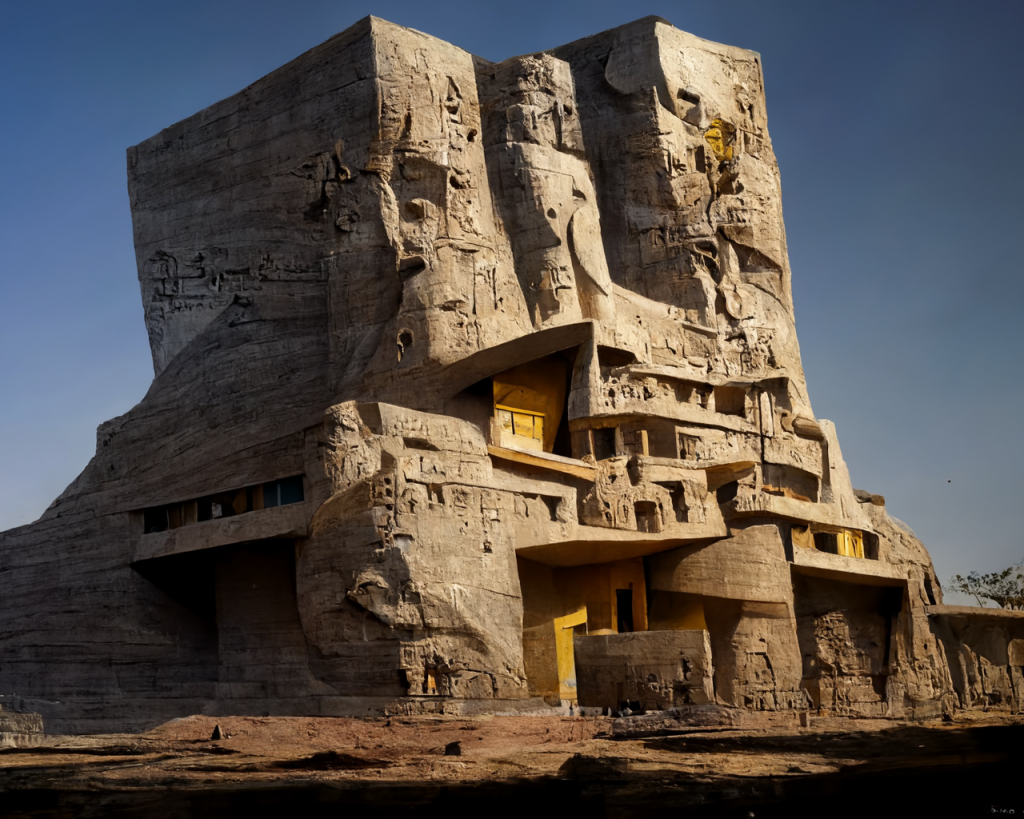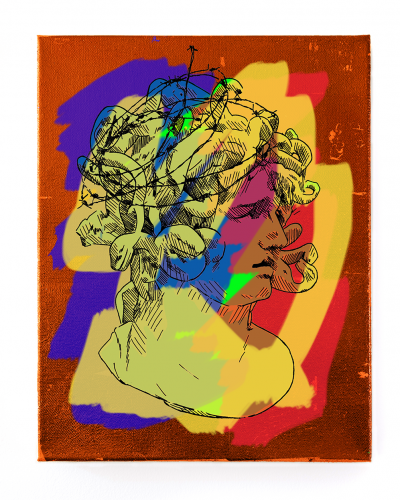I made 2 repeating patterns using squares, flower, and arcs 🙂
// Sowang Kundeling Section C Project 05
var size = 40;
function setup() {
createCanvas(400, 600);
}
function draw() {
background(82, 30, 49)
for (var x = 20; x <= 400; x += 50) {
for (var y = 20; y <= 600; y += 100) {
push();
tealsquare(x, y);
pop();
}
}
for (var x = 20; x <= 400; x += 50) {
for (var y = 70; y <= 600; y += 100) {
push();
bluesquare(x, y);
pop();
}
}
noLoop();
}
function tealsquare(x, y) {
// square
noStroke();
fill('teal');
rect(x, y, size/2, size/2);
// flower
stroke('black');
fill('lightblue');
ellipse(x, y + size/6, size/3);
ellipse(x, y - size/6, size/3);
ellipse(x + size/6, y, size/3);
ellipse(x - size/6, y, size/3);
fill(84, 58, 68);
ellipse(x, y, size/3);
// arc
noFill();
stroke('lightblue');
arc(x, y, 50, 50, 0, HALF_PI);
}
function bluesquare(x, y) {
// circle
noStroke();
fill('lightblue');
rect(x, y, size/2, size/2);
//flower
stroke('white');
fill('teal');
ellipse(x, y + size/6, size/3);
ellipse(x, y - size/6, size/3);
ellipse(x + size/6, y, size/3);
ellipse(x - size/6, y, size/3);
fill(84, 58, 68);
ellipse(x, y, size/3);
// arc
noFill();
stroke('teal');
arc(x, y, 50, 50, 0, HALF_PI);
}![[OLD SEMESTER] 15-104 • Introduction to Computing for Creative Practice](https://courses.ideate.cmu.edu/15-104/f2022/wp-content/uploads/2023/09/stop-banner.png)


